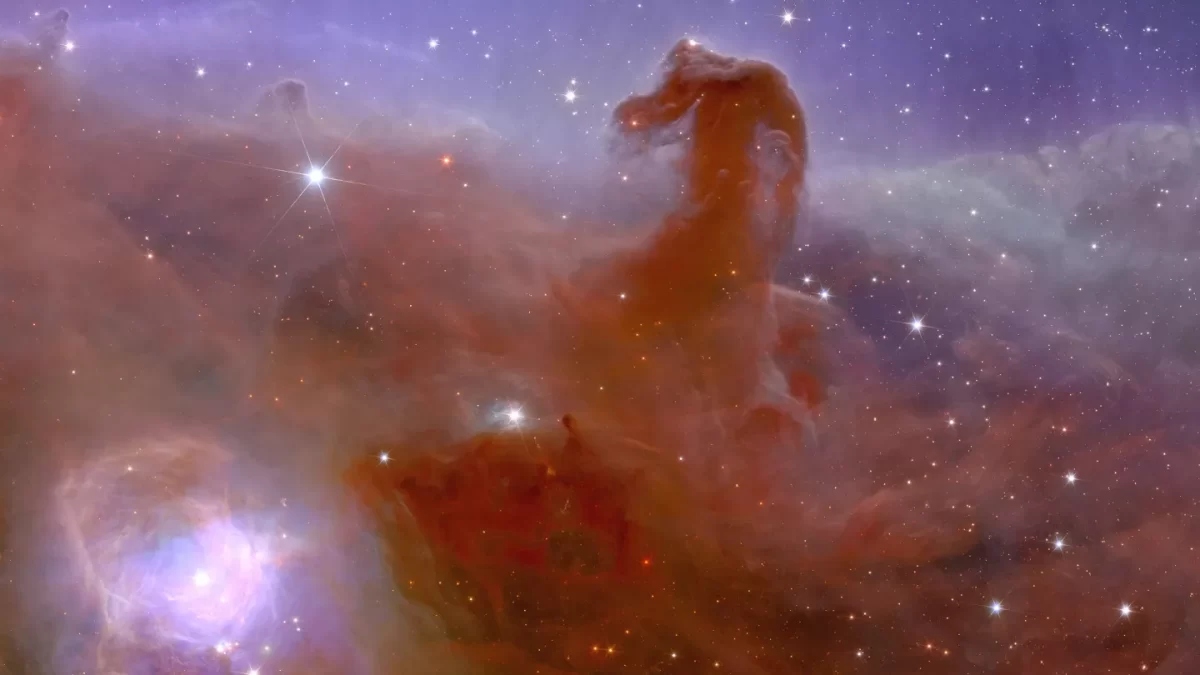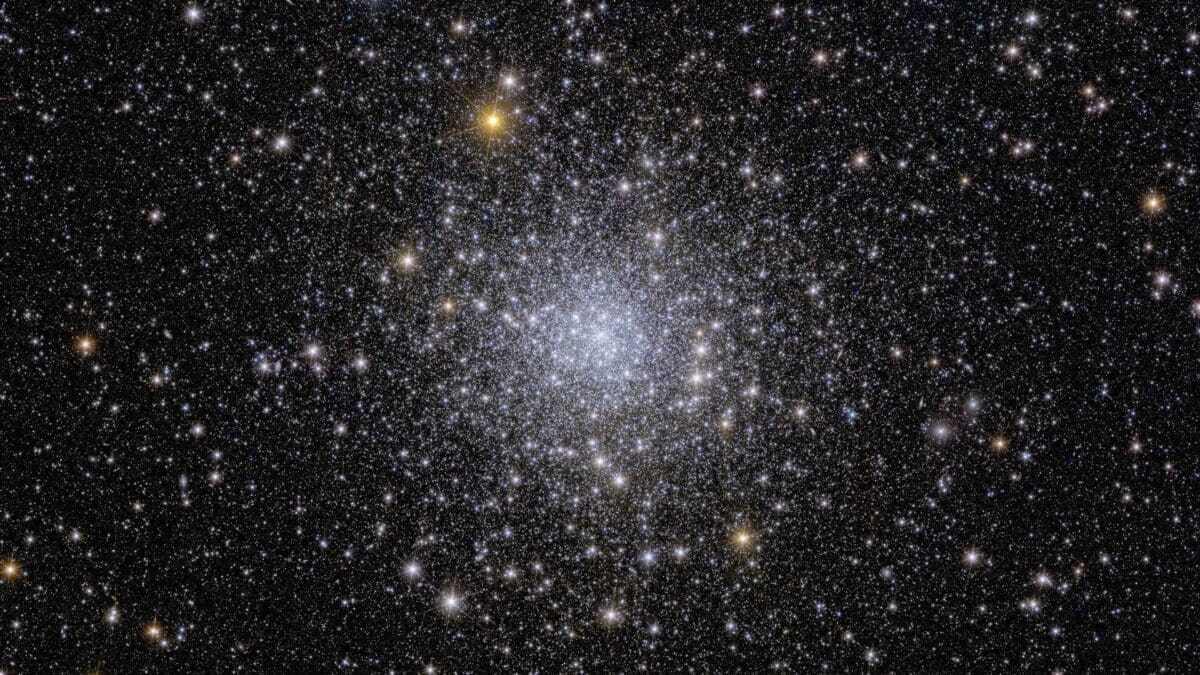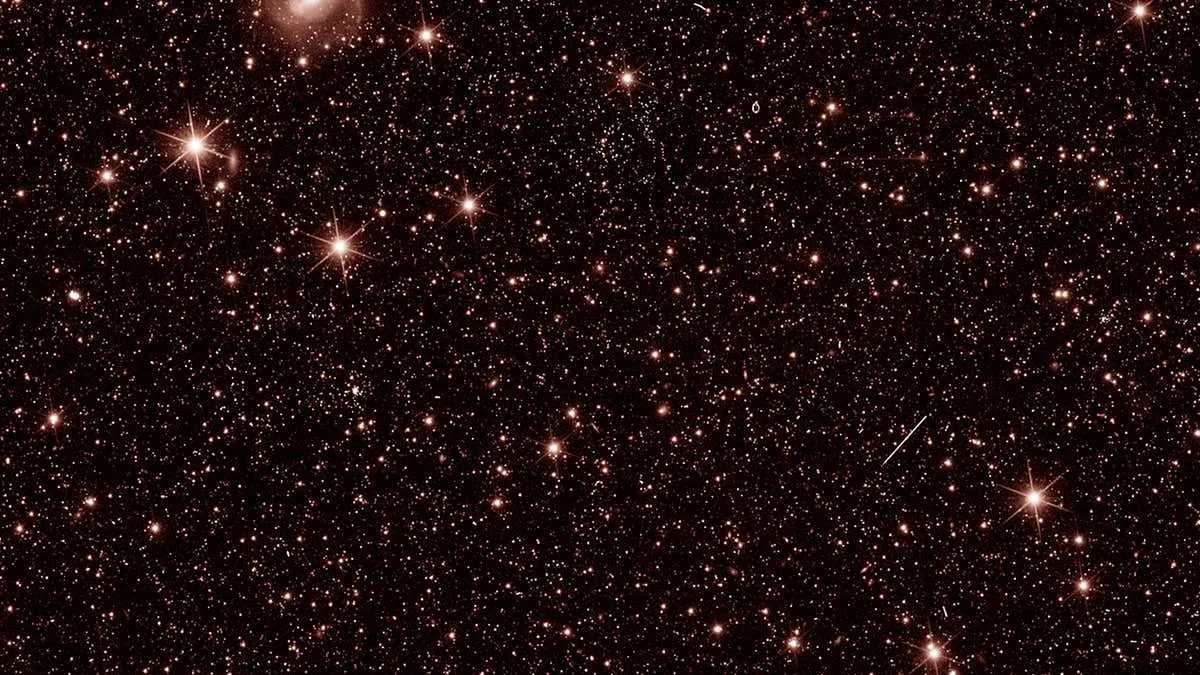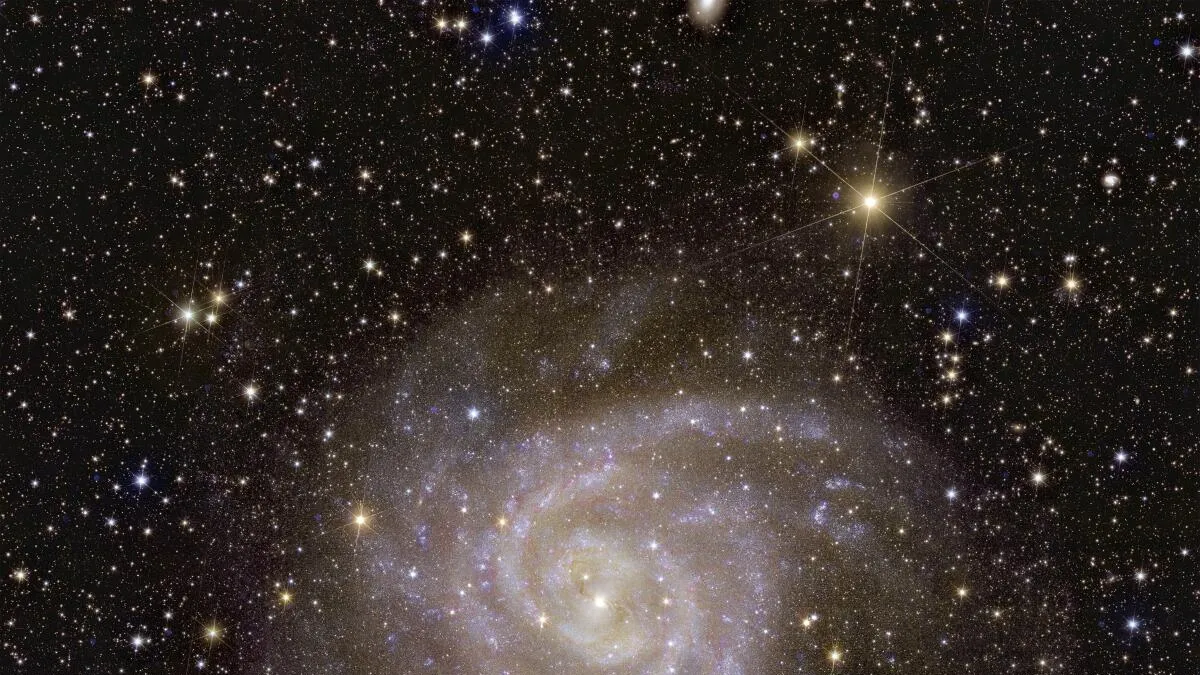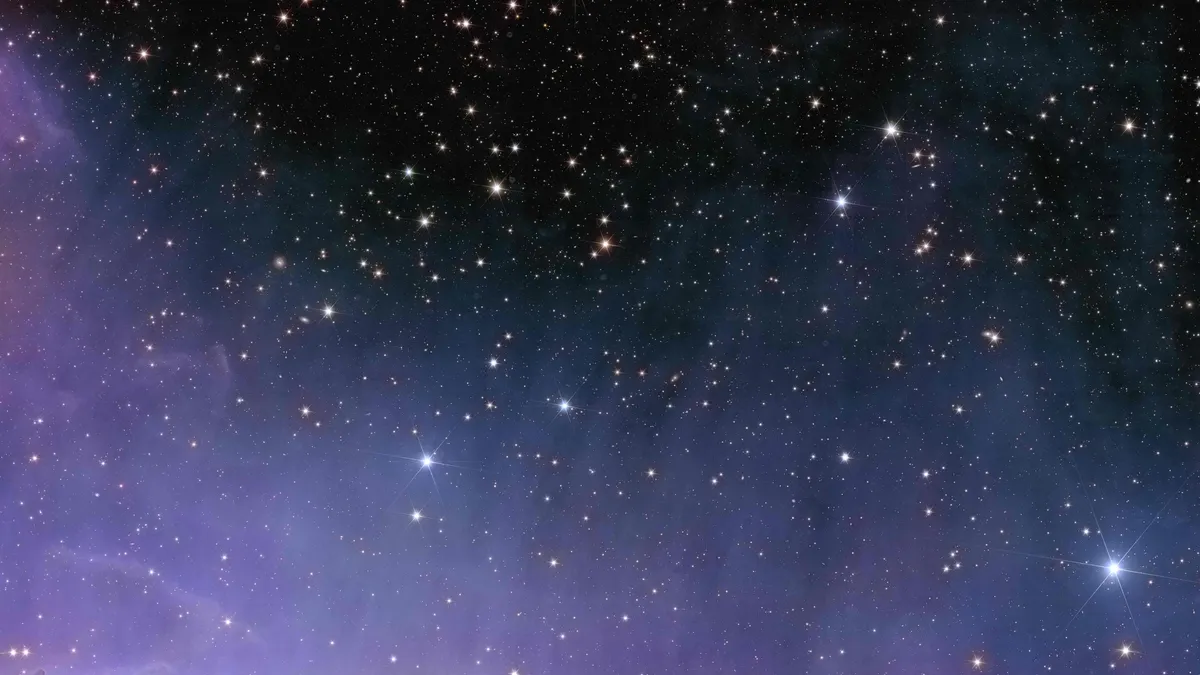New images from the newly launched Euclid space telescope offer the sharpest views yet of the universe, showcasing the telescope’s ability to monitor billions of galaxies up to 10 billion light years away.

Image of the Euclid space telescope - Source: NASA
The European Space Agency (ESA), which leads the six-year mission with NASA as a partner, released the images on Tuesday. The agency said they were the first of many to come from the telescope, which is designed to unlock the secrets of dark matter and dark energy – hidden forces thought to make up 95% of the universe.
The images spanned four areas of the universe, including 1,000 galaxies belonging to the massive Perseus cluster just 240 million light years away, and more than 100,000 galaxies spread out in the background, ESA said.
Revealing the Universe’s Hidden Forces
Scientists believe that vast, seemingly organized structures such as Perseus could only have formed if dark matter exists. Dark matter is thought to be a form of matter that we cannot see directly, but its gravitational effects can be observed.
“We think we understand only 5% of the universe: that’s the matter that we can see,” ESA’s science director Carole Mundell told.
“The rest of the universe we call dark because it doesn’t produce light in the normal electromagnetic spectrum. But we know its effect because we see the effect on visible matter.”
Tell-tale signs of the hidden force exerted by dark matter include galaxies rotating more quickly than scientists would expect from the amount of visible matter that can be detected.
Its influence is also implicated in pulling together some of the most massive structures in the universe, like clusters of galaxies, Mundell said in an interview.
Dark Energy: A Greater Mystery
Dark energy is even more enigmatic. Its hypothetical existence was established only in the 1990s by studying exploding stars called supernovas. Thanks in part to observations from the earlier Hubble Space Telescope, scientists concluded that the universe was not only expanding but that the pace of expansion was accelerating – a stunning discovery attributed to the new concept of dark energy.
A 3D Map of the Cosmos
After initial commissioning and technical teething problems, including stray light and guidance issues, Euclid will now start piecing together a 3D map encompassing about a third of the sky to detect tiny variations attributable to the dark universe.
By gaining new insights into dark energy and matter, scientists hope to better grasp the formation and distribution of galaxies across the so-called cosmic web of the universe.
A New Era of Astronomical Discovery
The release of the images is a significant milestone for the Euclid mission and for our understanding of the universe. With its ability to capture incredibly sharp images, Euclid is poised to revolutionize our understanding of the cosmos.


